Sandhill Crane Missouri Department of Conservation
By A Mystery Man Writer
Last updated 19 Sept 2024

Sandhill crane adults are very large and have gray bodies with very long tertial feathers extending and arching into a “bustlelike” cover over their tails. Cranes have a very long neck, red skin on the crown, and a sharp black bill. Frequently the gray body and neck feathers are stained brown by the water in which they forage. In flight, the neck is held straight out. The call is a loud, gurgling or rattling, repeated, hollow wooden sound, gar-oo-oo-oo, which can be heard over a mile away. Similar species: Great blue herons, sometimes mistakenly called cranes, are slightly larger. On the ground, the heron has a short, straight tail and a smooth contour down its back from head to tail; herons do not have the elongated feathers that form the rounded “bustle” on the crane. In flight, the heron curls its neck into an S shape, with its head near its shoulders. Finally, great blue herons usually fly singly, while cranes usually migrate in straight or V-shaped lines like geese.
Sandhill Crane (Antigone canadensis) · iNaturalist
Class of 2017 - International Crane Foundation
Carol Stark: Sandhill crane migration a 'magical' trip, Lifestyles
Farms that feed migrating sandhill cranes plan for conservation
Antigone canadensis NatureServe Explorer
Sandhill crane, chick forage for food, Local News
Fin & Feather Corner - Sandhill cranes, Sports
Sandhill crane released at Squaw Creek, Outdoors
Whooping Cranes visit Missouri and Illinois – A Thousand Acres of Silphiums
Recommended for you
- OUTDOORS: Sandhill cranes are once again making noise in area14 Jul 2023
 Romance of the Sandhill Cranes » CREW Land & Water Trust14 Jul 2023
Romance of the Sandhill Cranes » CREW Land & Water Trust14 Jul 2023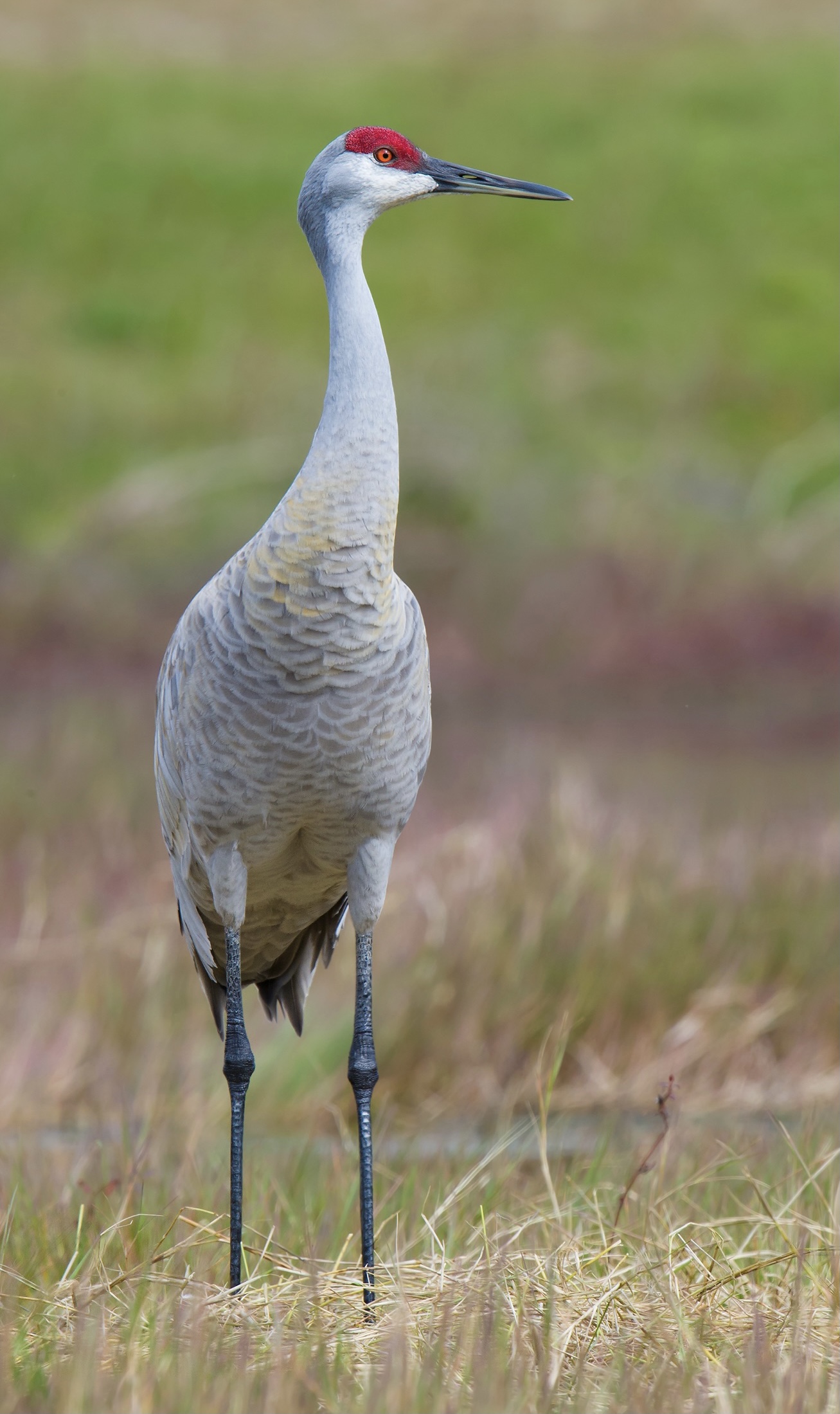 Sandhill Crane in China - Shanghai Birding 上海观鸟14 Jul 2023
Sandhill Crane in China - Shanghai Birding 上海观鸟14 Jul 2023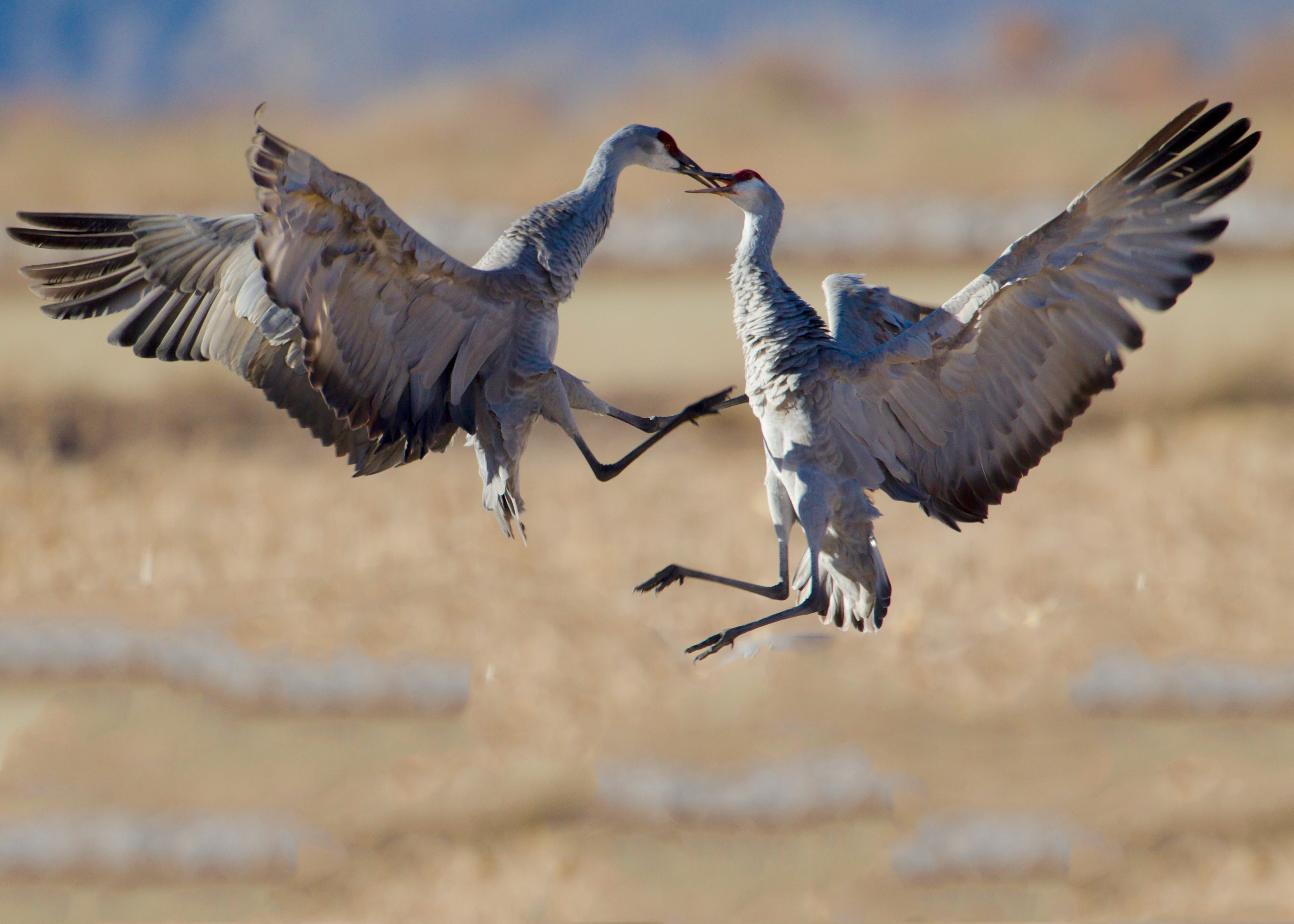 Majestic Migration: Sandhill Cranes14 Jul 2023
Majestic Migration: Sandhill Cranes14 Jul 2023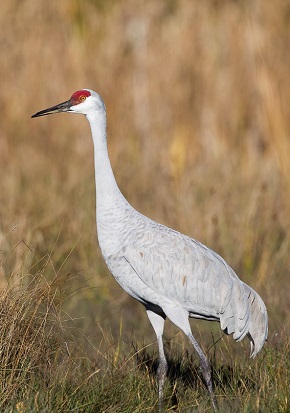 Sandhill Crane (Antigone canadensis)14 Jul 2023
Sandhill Crane (Antigone canadensis)14 Jul 2023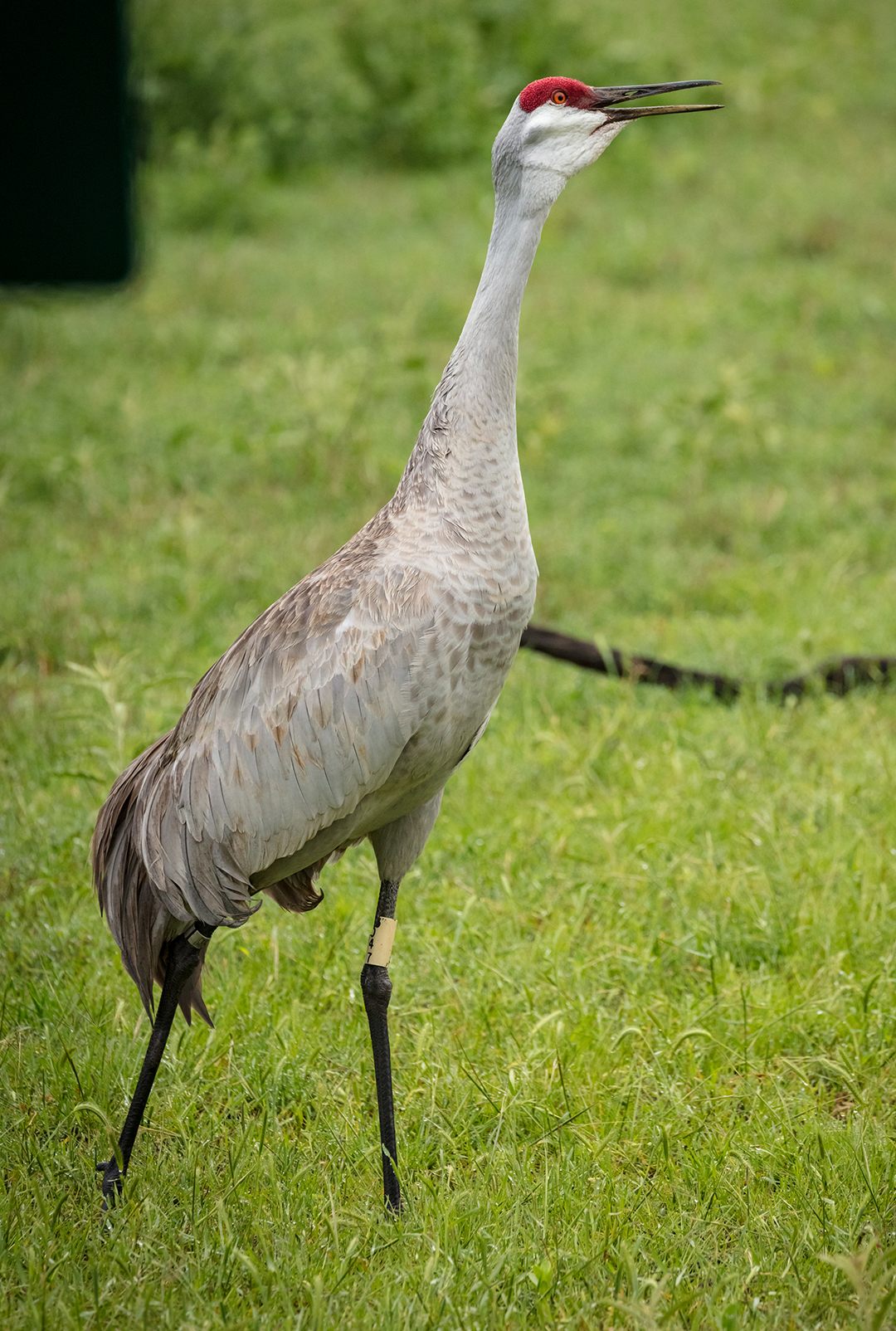 Sandhill Crane, NatureRules1 Wiki14 Jul 2023
Sandhill Crane, NatureRules1 Wiki14 Jul 2023 Proposed eastern sandhill cranes hunt in breeding states stirs controversy14 Jul 2023
Proposed eastern sandhill cranes hunt in breeding states stirs controversy14 Jul 2023- Greater Sandhill Cranes in Washington - eBird Pacific Northwest14 Jul 2023
 Dancing Yard Sandhill Crane : Handmade Products14 Jul 2023
Dancing Yard Sandhill Crane : Handmade Products14 Jul 2023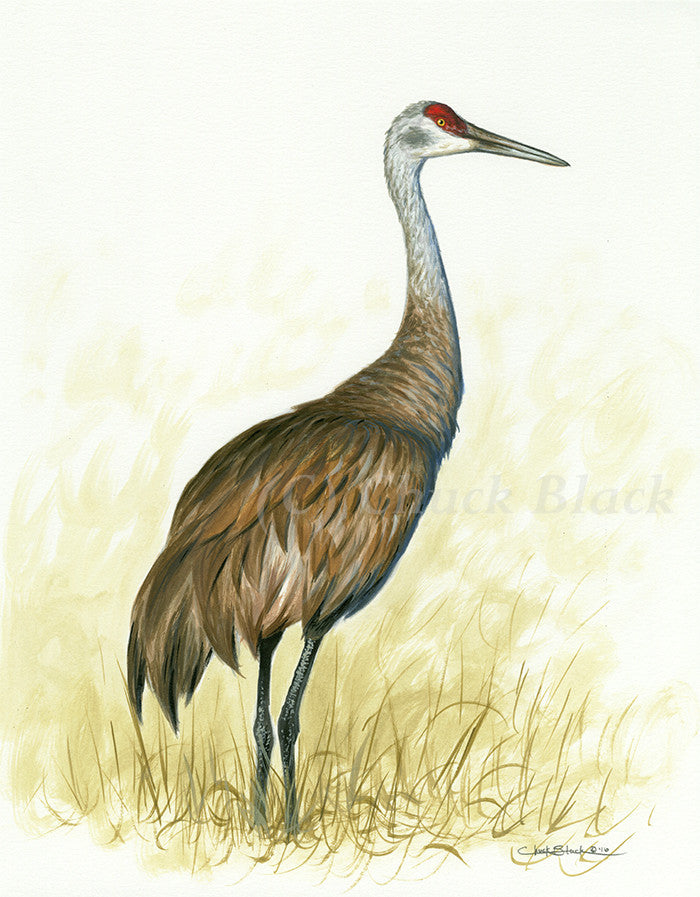 Sandhill Crane Limited Edition Print - The Queen – Chuck Black Art14 Jul 2023
Sandhill Crane Limited Edition Print - The Queen – Chuck Black Art14 Jul 2023
You may also like
 Bombshell Beauty Mini Dress - Pink - H&O14 Jul 2023
Bombshell Beauty Mini Dress - Pink - H&O14 Jul 2023 Skechers cali vinyasa yoga - Gem14 Jul 2023
Skechers cali vinyasa yoga - Gem14 Jul 2023 Womens Lingerie Suit Yoga Nightwear Sports Vest and High Waist Open Crotch Pants14 Jul 2023
Womens Lingerie Suit Yoga Nightwear Sports Vest and High Waist Open Crotch Pants14 Jul 2023 Bigersell Plus Size Bras for Women Bra No Underwire No Show Bras Ladies Bralette Bra Style B92 Tshirt Bra Women No Underwire Bra V Neck Cami Bra for14 Jul 2023
Bigersell Plus Size Bras for Women Bra No Underwire No Show Bras Ladies Bralette Bra Style B92 Tshirt Bra Women No Underwire Bra V Neck Cami Bra for14 Jul 2023 Mandala Round Area Rug for Living Room Bedroom Boho Floral Colorful Circle Rugs14 Jul 2023
Mandala Round Area Rug for Living Room Bedroom Boho Floral Colorful Circle Rugs14 Jul 2023 Men's Lightweight Shorts Slim Fit14 Jul 2023
Men's Lightweight Shorts Slim Fit14 Jul 2023 Buy Maroon Nightshirts&Nighties for Women by Hunkemoller Online14 Jul 2023
Buy Maroon Nightshirts&Nighties for Women by Hunkemoller Online14 Jul 2023 Silicone Navel Shaper Plug for Prevents Complete Closure of the Belly Button Help Healing After Tummy Tuck Easy to Clean - AliExpress14 Jul 2023
Silicone Navel Shaper Plug for Prevents Complete Closure of the Belly Button Help Healing After Tummy Tuck Easy to Clean - AliExpress14 Jul 2023 Luau Birthday Invitation Hawaii Birthday Party Invitation Luau Birthda – Studio 11814 Jul 2023
Luau Birthday Invitation Hawaii Birthday Party Invitation Luau Birthda – Studio 11814 Jul 2023 Outdoor Voices Womens Sports Bra Polka Dot Doing Things Size XS Longline GREAT14 Jul 2023
Outdoor Voices Womens Sports Bra Polka Dot Doing Things Size XS Longline GREAT14 Jul 2023

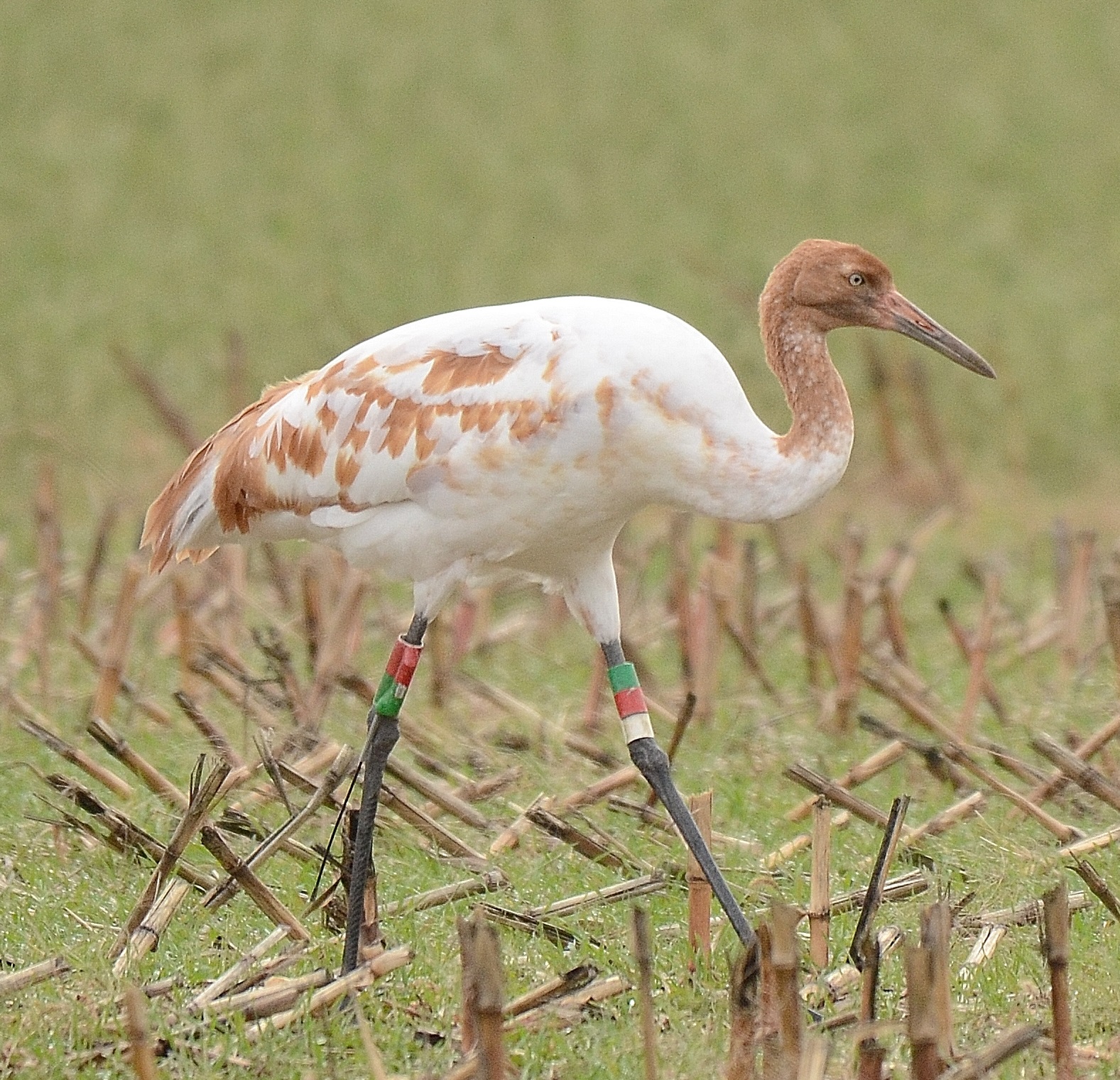
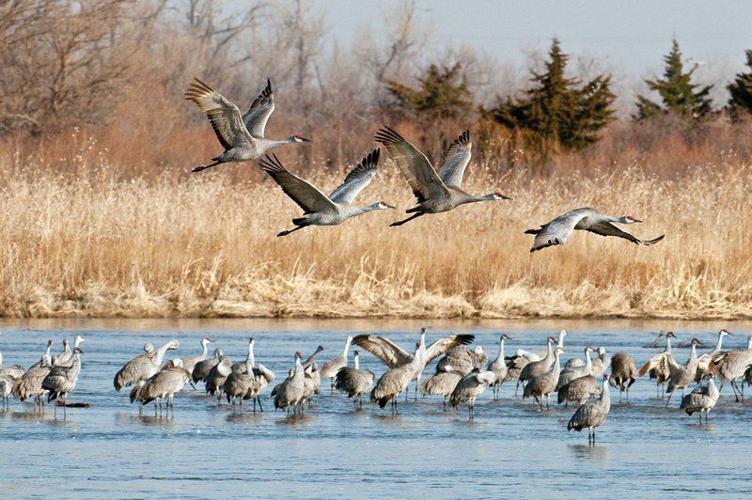

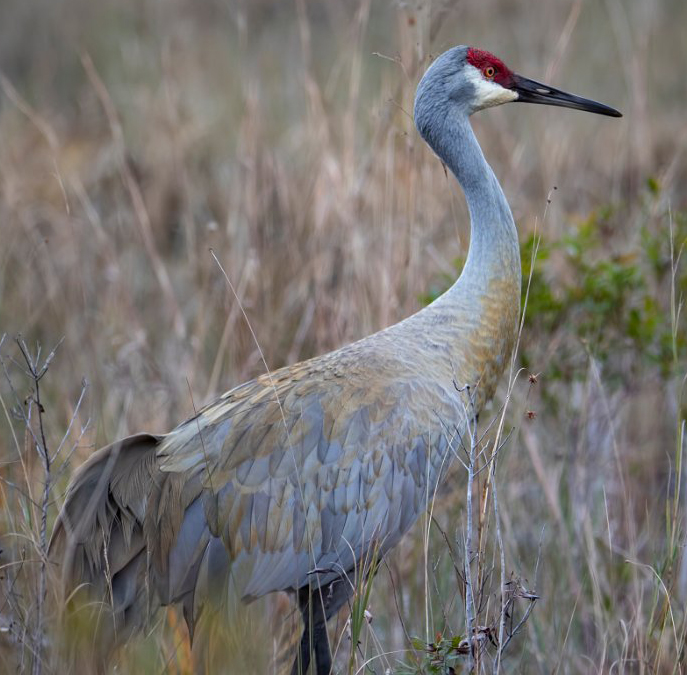
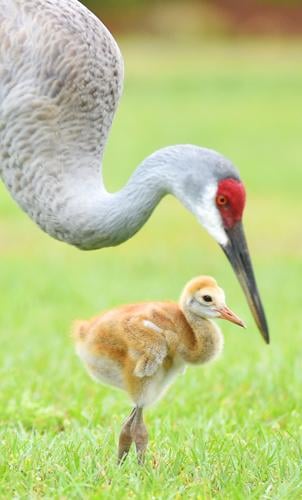
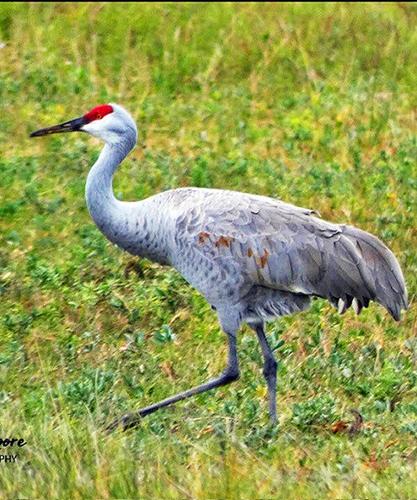
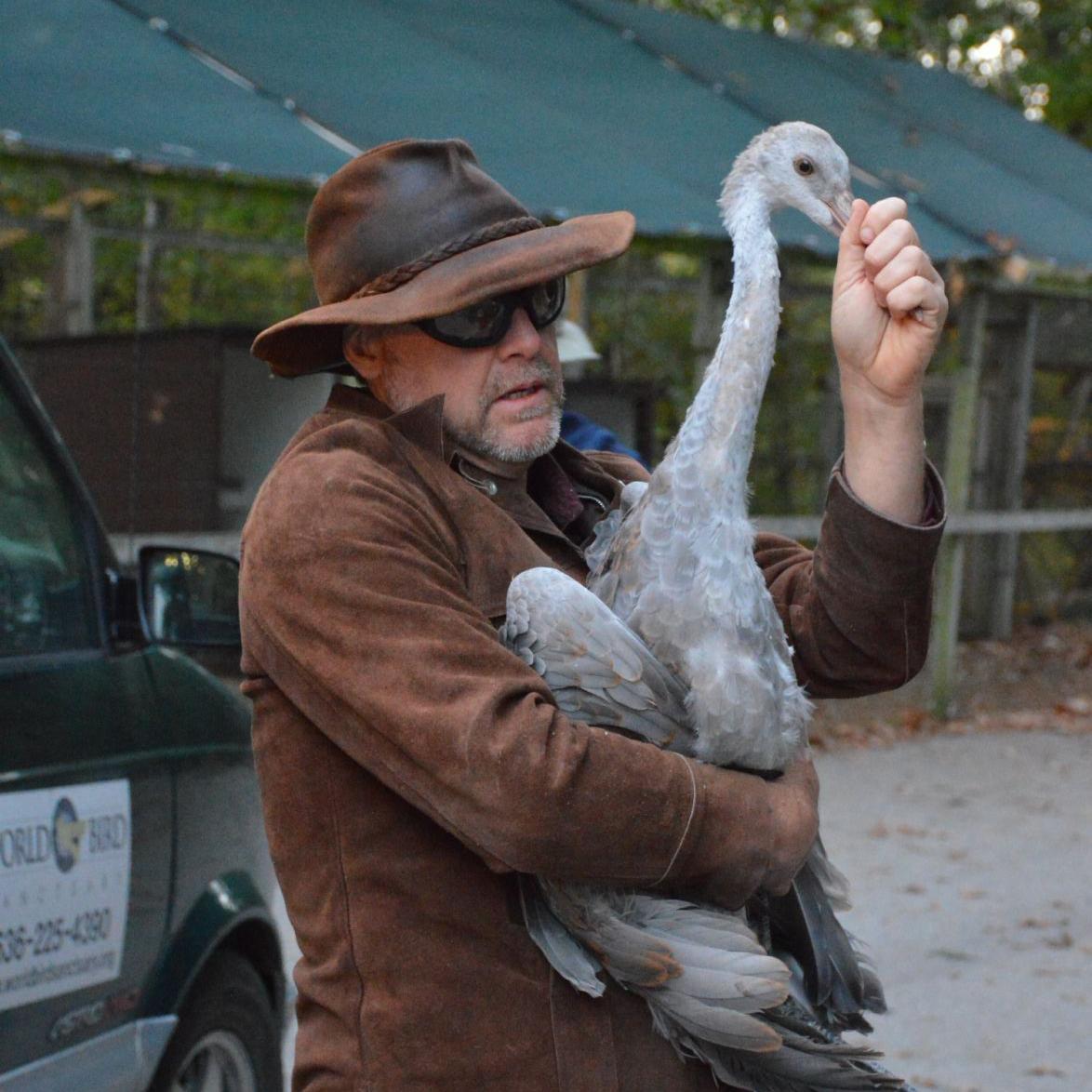

-(6).JPG)
